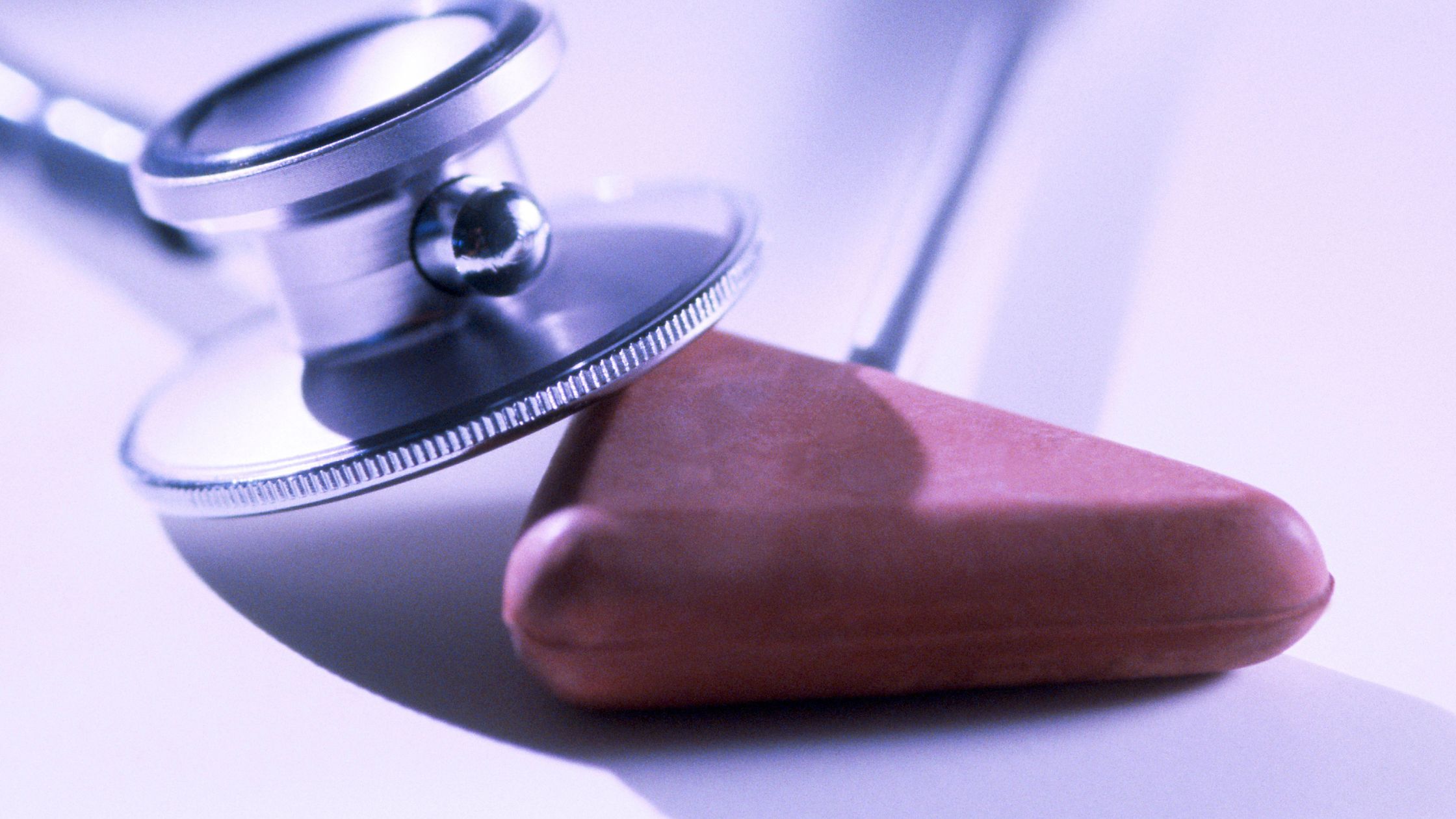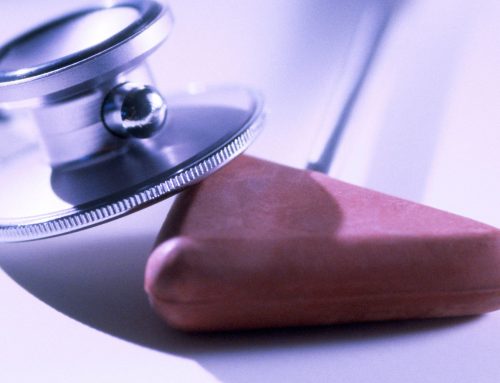Rubber is a crucial component in medical equipment that saves lives and improves health daily. When it comes to shaping rubber into the precise forms needed for medical devices, two techniques take center stage: injection moldingand compression molding. Both have unique strengths and quirks, and understanding these can make all the difference in the quality, efficiency, and cost-effectiveness of your medical device manufacturing process.
Understanding Compression Molding
Compression molding has existed since the 1850s, making it the oldest and simplest method of rubber manufacturing. It’s like the grandparent of rubber molding techniques, and it’s still very much relevant today. It’s a manufacturing process that involves molding preheated materials, typically preheated, by placing them in an open, heated mold cavity. Once the material is in the mold cavity, the mold is closed with a top force or plug member. Pressure is then applied to force the material into contact with all areas of the mold. Heat and pressure are maintained until the molding material has cured.
Manufacturers load the materials into the mold, either in the form of pellets or sheets, or the mold can be loaded from an extruder. The materials are heated above their melting points, then formed in the mold and cooled. The more evenly the feed material is distributed over the mold surface, the less flow orientation occurs during the compression stage.
Compression Molding Pros and Cons
Compression molding is a technique using high pressure and volume to shape complex materials. It can enable you to produce large, intricate parts while being one of the most cost-effective methods. This method minimizes material wastage, making it particularly advantageous when working with expensive compounds. Additional benefits include a short setup time, which means you can get your production line up and running quickly and minimal wastage, which makes it both budget and environmentally friendly.
Compression molding is your go-to technique for medical device manufacturing if you’re dealing with parts with a large cross-section or stiff, high-durometer materials. Plus, the tooling is more straightforward and cost-effective than medical device injection molding. However, this method has its drawbacks. The parts it produces can be less consistent, which might be a deal-breaker if you need high precision. When working with colored rubber, be aware that it can be easily contaminated. Lastly, it has longer cure times, which could slow down your production process.
The Mechanics of Injection Molding
Injection molding was invented in 1868 when John W. Hyatt patented the process of creating celluloid, a material originally intended to replace ivory in billiard balls. By 1872, Hyatt and his brother Isaiah had patented the first injection molding machine. This device used a plunger mechanism to push celluloid through a heated cylinder and into a mold, leading to the development of a manufacturing industry creating buttons, combs, collar stays, and other items from celluloid.
During injection molding, the plastic or rubber material is melted down and then injected under pressure into a mold. The liquid material cools and solidifies within the mold, taking on its final shape. This process can be carried out with many materials, including metals, glass, and thermoplastics, but the most commonly used materials are polypropylene (PP), ABS, polyethylene (PE), and polystyrene (PS).
The injection molding process is popular due to its extremely low unit cost in high-volume production, high repeatability, and sound design flexibility. It’s widely used in industries such as automotive and consumer electronics, where it’s used to create everything from car parts to the casings of electronic devices.
Benefits and Drawbacks of Injection Molding
Injection molding for medical devices has a lot to offer equipment manufacturers.
- It has lower unit costs, so you can produce more parts without breaking the bank.
- It also has faster cycle times, enabling you to churn out parts quicker.
- It offers high dimensional tolerance, ensuring each part is as perfect as the last.
But every rose has its thorns, and injection molding is no exception. It has higher setup costs, which might be a deterrent if you’re just starting out or working with a tight budget. And the machinery and tooling can be expensive, which could be a deal-breaker if you’re trying to keep costs low.
Choosing the Right Method for Your Medical Products
When it comes to medical device manufacturing, choosing between the two options depends on your specific needs and circumstances. Consider critical factors such as cost, volume, and time pressures. If you’re on a tight budget, you might lean towards compression molding, which has lower initial tooling costs and investment. But if you’re producing many parts, injection molding offers efficient and fast production of uniform components.
Timing is another important consideration. If you’re in a rush, injection molding might be your best bet with its faster cycle times. But if you have more time to spare, you might opt for compression molding, which can offer more efficient color changeovers.
If you produce complex parts, injection molding might be your best bet. It supports intricate mold designs and tolerates a wide range of materials. However, if you’re looking for a better visual appearance, compression molding could be the way to go.
Ultimately, the choice between injection molding and compression molding for medical manufacturing is like choosing between two flavors of ice cream. Both are great options, and the best choice depends on your specific taste (or, in this case, your specific manufacturing needs). So take your time, weigh your options, and choose the method that’s the best fit for you.
The Final Analysis
Compression molding is like a reliable, old-school friend. It’s a low-cost molding process perfect for large-volume medical device manufacturing applications and can handle various shapes and sizes. On the other hand, injection molding is like the tech-savvy whizz-kid on the block. It allows for the fast and efficient production of uniform objects, requires minimal labor, and offers precise control over pressure and heat.
For more information on these and other rubber molding techniques, please contact us at 810.376.2085.



